Today, we build us an animated and programmable mood lamp that can be nicely used as a functional decoration. This tutorial is understood only as a suggestion, especially the design of course is always in the eye of the beholder.
Tag Archives: Arduino
Simple indoor climate monitoring with an Arduino, BMP085, DHT11 and a RTC
In this a bit more extensive project we deal with several factors on the subject of indoor climate. We will measure the temperature, humidity and air pressure, saving maximum and minimum values of our measurements and show it on a TFT display.
Sensors: Pressure and temperature measurement with the BMP085 (GY-65 breakout board)
On the way to a small weather station we deal today with the air pressure and temperature measurement and use a breakout board for the BMP085 with an I²C interface, and an Arduino of our choice.
A 1.8 inch TFT color display (HY-1.8 SPI) and an Arduino
To give our Arduino the chance to tell sometimes what’s actually going on and do not always use the serial monitor, it is time to buy him a small display. Fortunately, there is a wide range of available shields and breakout boards. In this case, we use a 1.8 inch TFT color display with 128×160 pixels (HY-1.8 SPI, the name on the board), equipped with an SPI interface, which gives us the opportunity compared to displays with parallel interface, to have more free ports for other applications available.
The HC-SR04 ultrasonic distance sensor and an Arduino
Learning from nature can also be used in electronics. Today we use the capabilities of the bat around with the HC-SR04 distance sensor to detect obstacles or measure the distance of an object using ultrasonic waves.
Sensors: Temperature & humidity measurements with the DHT11
Sensors, like the DHT11, are virtually the senses in the world of microcontrollers. With them you can observe, for example, environmental influences, and possibly respond. In this case we deal with the temperature and humidity measurement and therefore we have almost a small weather station.
Nokia 5110 LCD, an Arduino Pro Mini 3.3V with 8MHz clock frequency
As a quasi-nostalgic relic of an almost extinct generation of cell phones we use today, the Nokia 5110 LCD screen from the cellular phone with the same name, kindly as a breakout board for a small budget. Because the display operates at 3.3V, we use it together with a 8MHz clocked Arduino Pro Mini, which also runs at 3.3V.
Briefly introduced: 1.8 inch TFT color display with SPI interface (HY-1.8 SPI) and SD card support
In order not to have to spend more information on the serial monitor, it is recommended to connect a display. The presented 1.8-inch TFT color display with SPI interface can help here. It has 128×160 pixels and needs in the minimum case, only 4 ports.
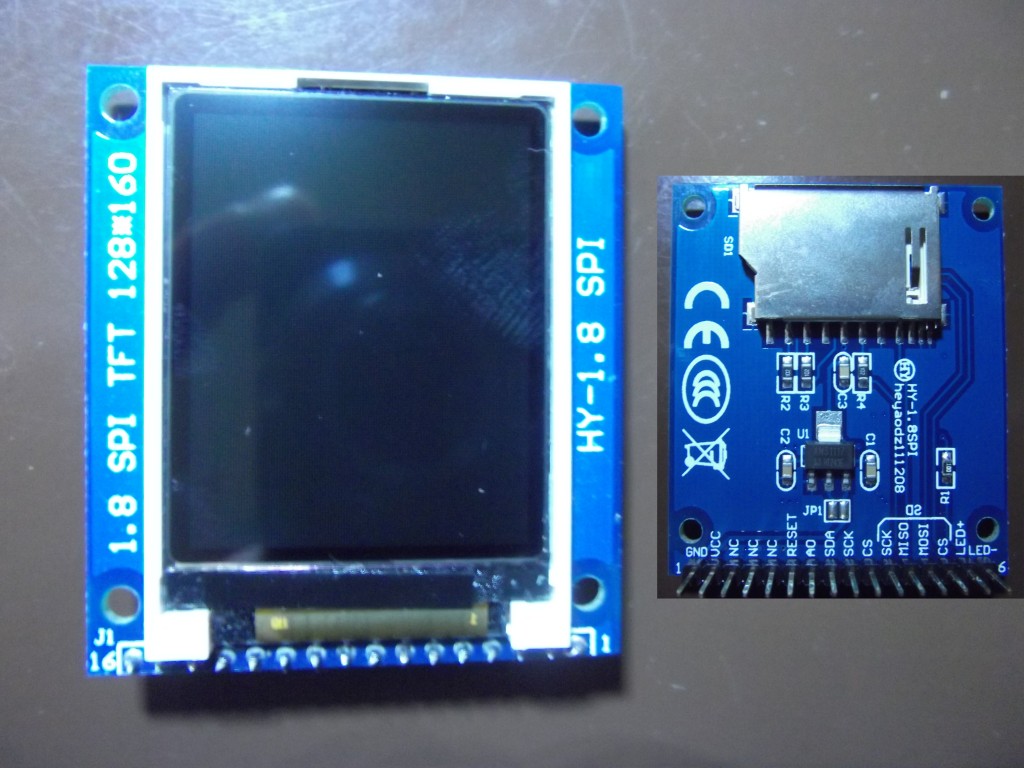
1.8 inch TFT color display with SPI interface (HY-1.8 SPI) and SD card support
Briefly introduced: Arduino Uno (R3)
The Arduino Uno is a development board with the ATMEL ATmega328P chip in a DIP package. It has an USB port, which is provided by an additional ATmega16U.

Arduino Uno (R3)
Briefly introduced: The Arduino Nano
The Arduino Nano is a small development board, which is particularly well suited for direct development on breadboards. Through the USB connection software updates can be applied quickly and easily.
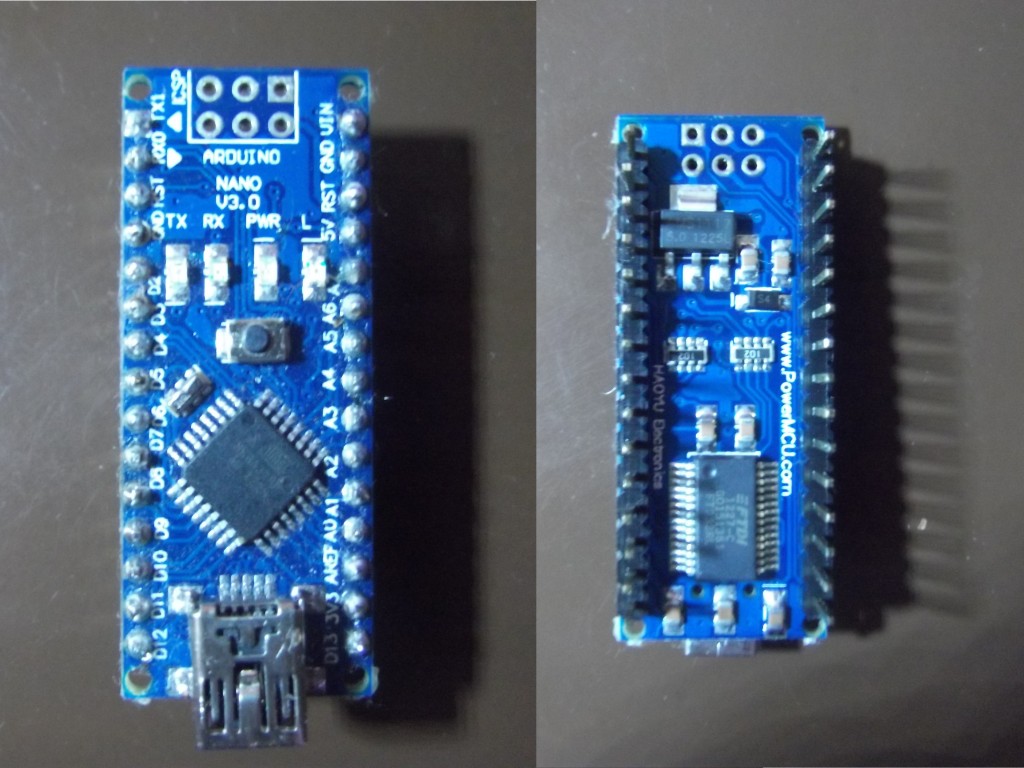
Arduino Nano (again a China clone)
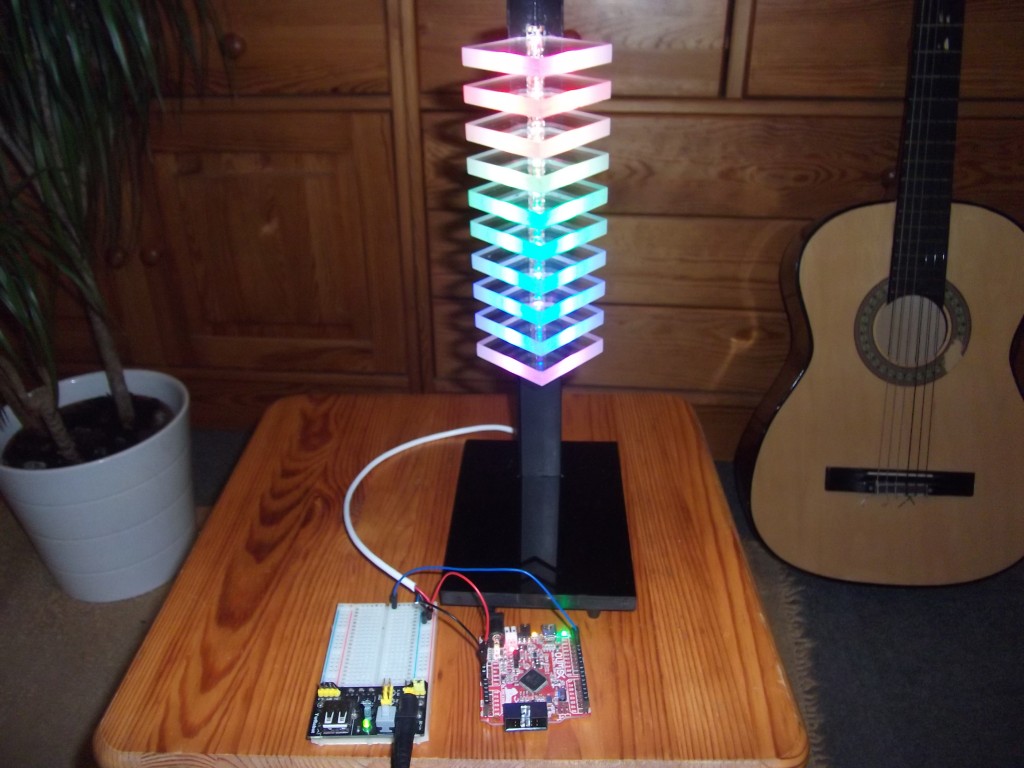
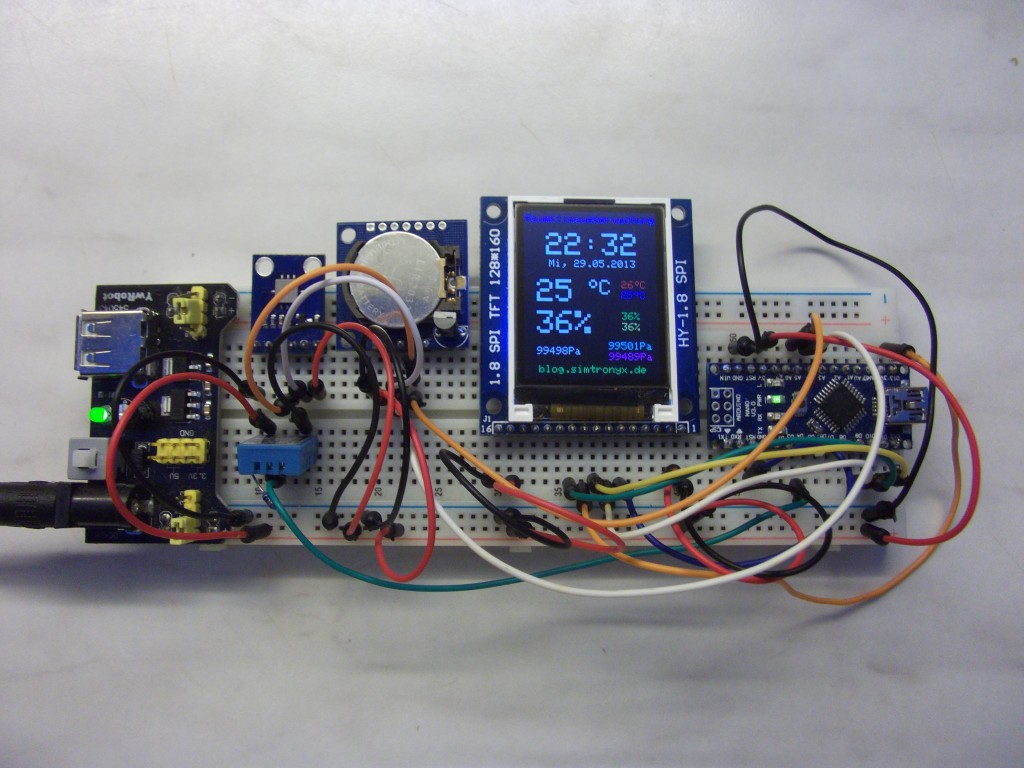


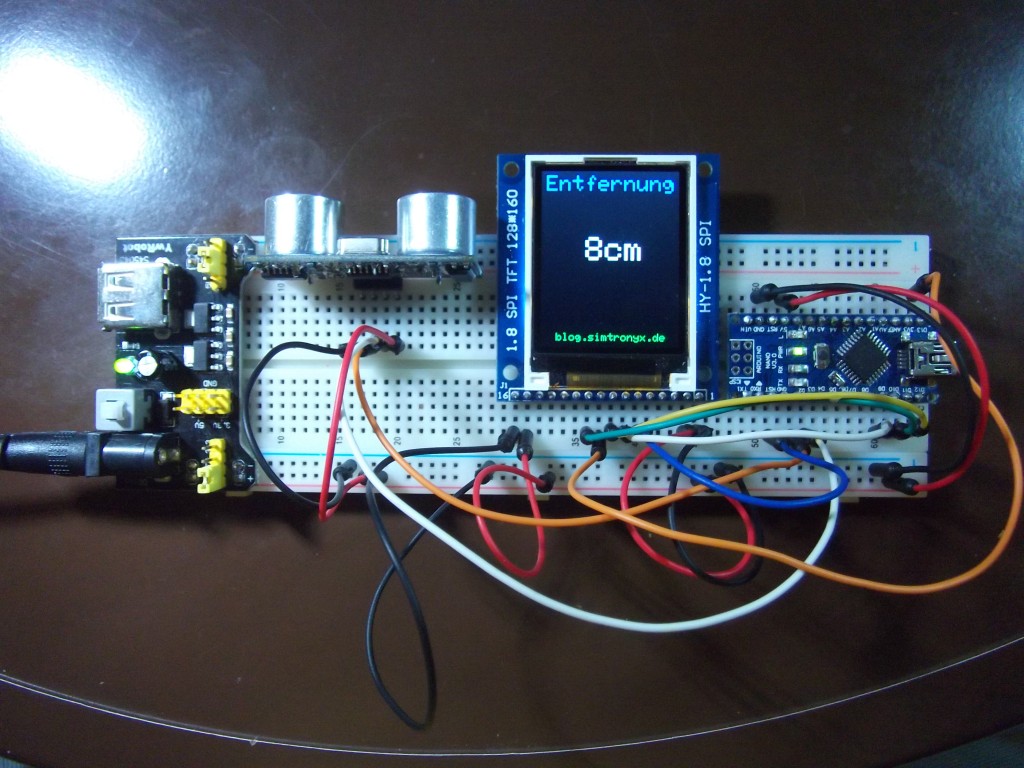
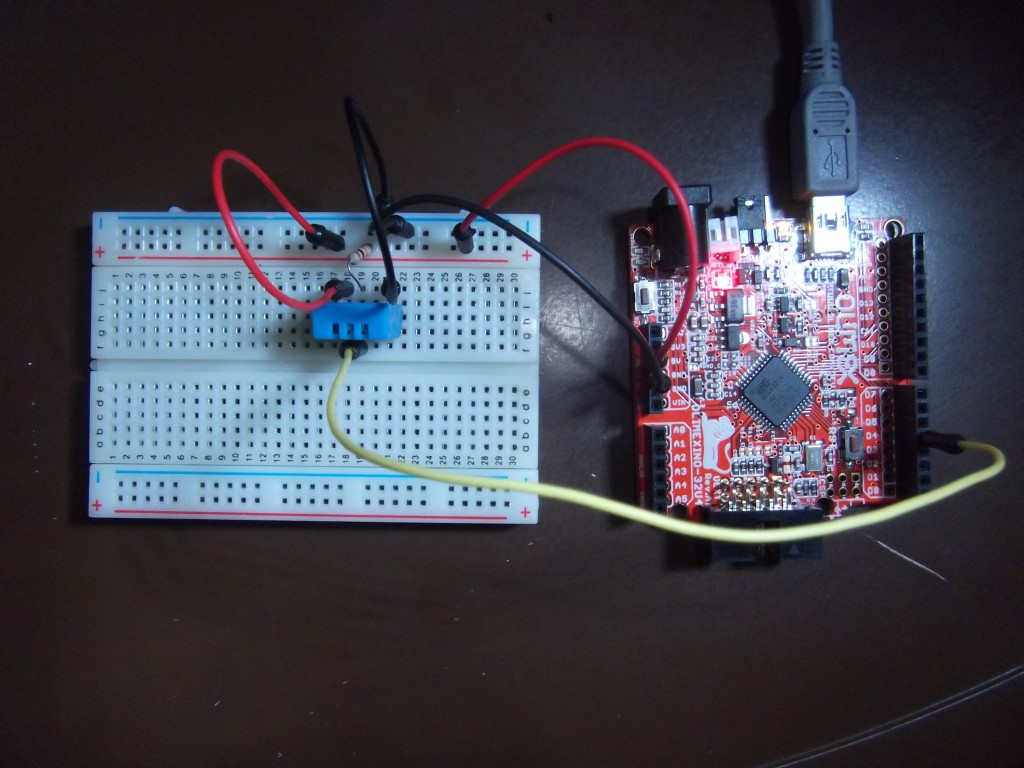

 Deutsch
Deutsch English
English